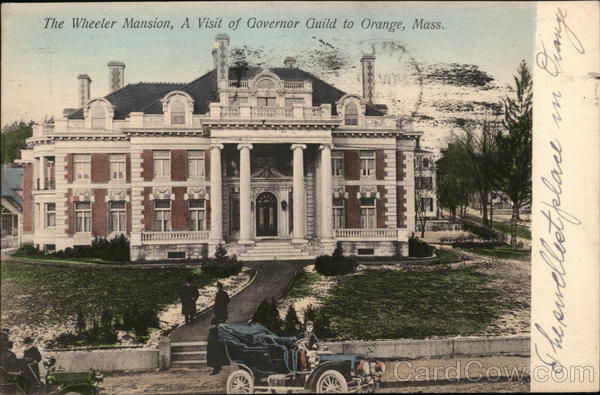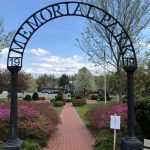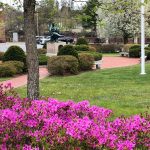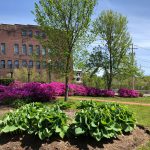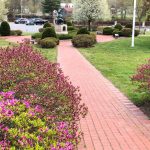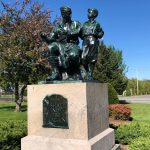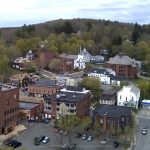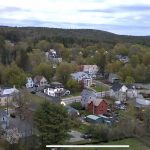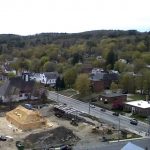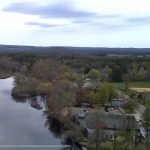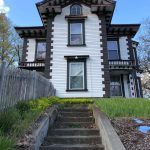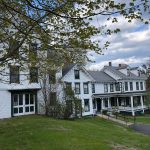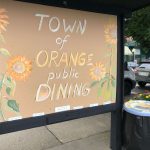Orange, Massachusetts
Early Days
The history of Orange, Massachusetts began as early as 1735 when a long street was laid in a north and south direction in the northwesterly part of Athol, a little east of the top of West Pequoiag Hill.
On both sides of this street, small lots were created in regular form. Many of the lots were quickly occupied by settlers and attracted other settlers to adjacent parts of Warwick and Royalston. Consequently, a little community was formed.
With that said, the compact settlement was located far from the centre of the nearest towns. Because of this, it was inconvenient for people to gather with their fellow townspeople for religious service and management of municipal affairs.
Then, between 1769 and 1780, when the Ruggles Grant and the east end of Erving’s Grant filled with settlers, the isolated community decided to become a town.
On October 15, 1783, the District of Orange was formed. It included:
- The northwesterly part of Athol;
- The southeasterly part of Royalston;
- The southeasterly part of Warwick;
- The easterly part of a grant to John Erving;
- The Ruggles Grant; and
- The Hasting Farm
On February 24, 1810, the Town of Orange was incorporated. It was named after William, Prince of Orange.
Many of the early settlers were lineal descendants of the first settlers at Plymouth and vicinity, and of the Massachusetts Bay Colony. They first settled in North Orange, which remains a scenic village.
Economy
From 1780 to 1840, Orange was mostly a farming town. Many of the farms were large and well managed.
It changed when various industries eventually sprouted along the banks of the Millers River. This also included the New Home Sewing Machine Company. In 1892, 1.2 million sewing machines were made here. By 1879, the town had a population of about 2,000 people, many employed in industry.
Orange was also the site of the first automobile factory in the United States. It has been the home of Pete’s Tire Barn on East Main Street since 1900.
